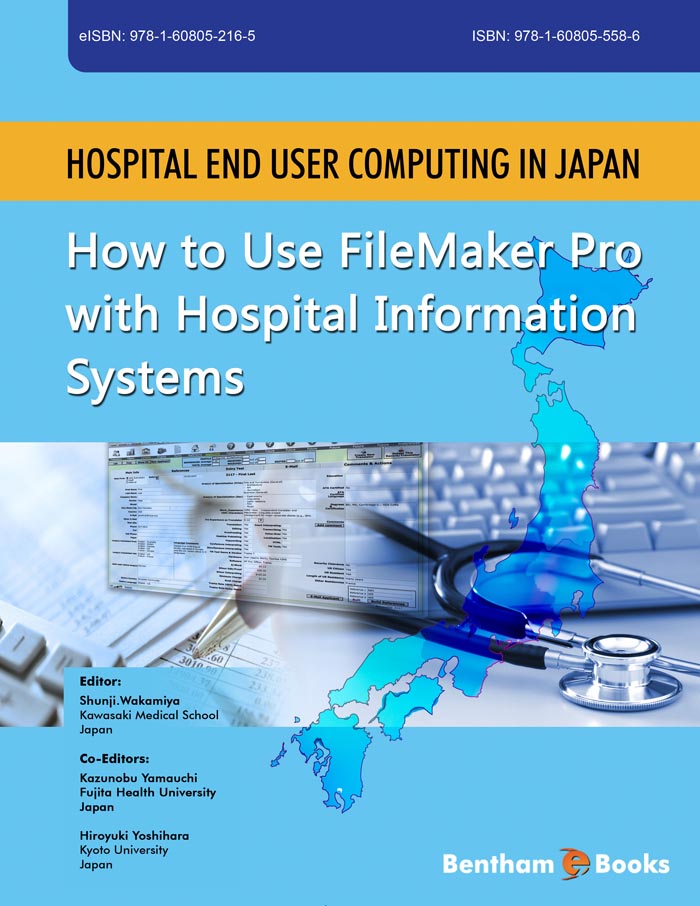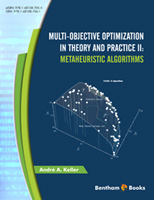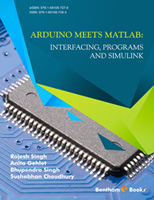Introduction
Organizational computing has been critical to the development of medical informatics. Many end user applications (EUAs), such as FileMaker Pro, have been applied to support medical staff work at hospitals in Japan recently.
This e-book describes how to use FileMaker Pro with hospital information systems (HISs). EUAs are described with relation to tools used for development, their functions, coordination methods with HIS, how to use them, their effectiveness, and their problems. While not all of the applications fulfill complete requirements for RASIS, and are not established, they give us new perspectives regarding HISs. This e-book also provides readers with various suggestions on how to use HISs more effectively, how to coordinate EUAs with HIS, how to manage end user applications, and how to achieve clinical effectiveness with EUAs.
This volume is specialized in the use of FileMaker Pro at hospitals and all of the developers of FileMaker Pro systems. The respective authors are medical doctors at various departments of hospitals in contrast to conventional developers who are usually unfamiliar with medical information requirements. These two features make this e-book more clinically significant and facilitate end users to handle HISs more easily.





